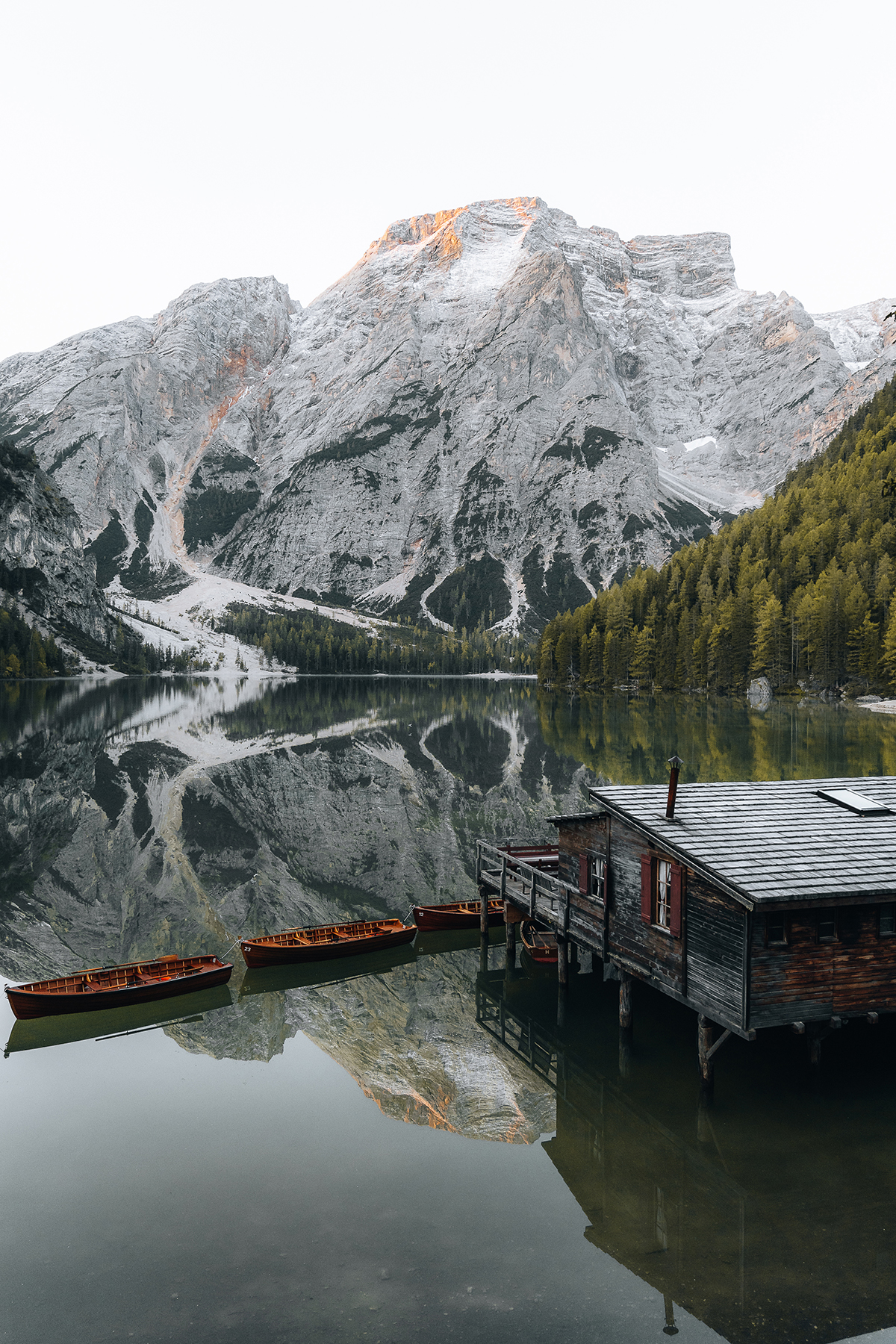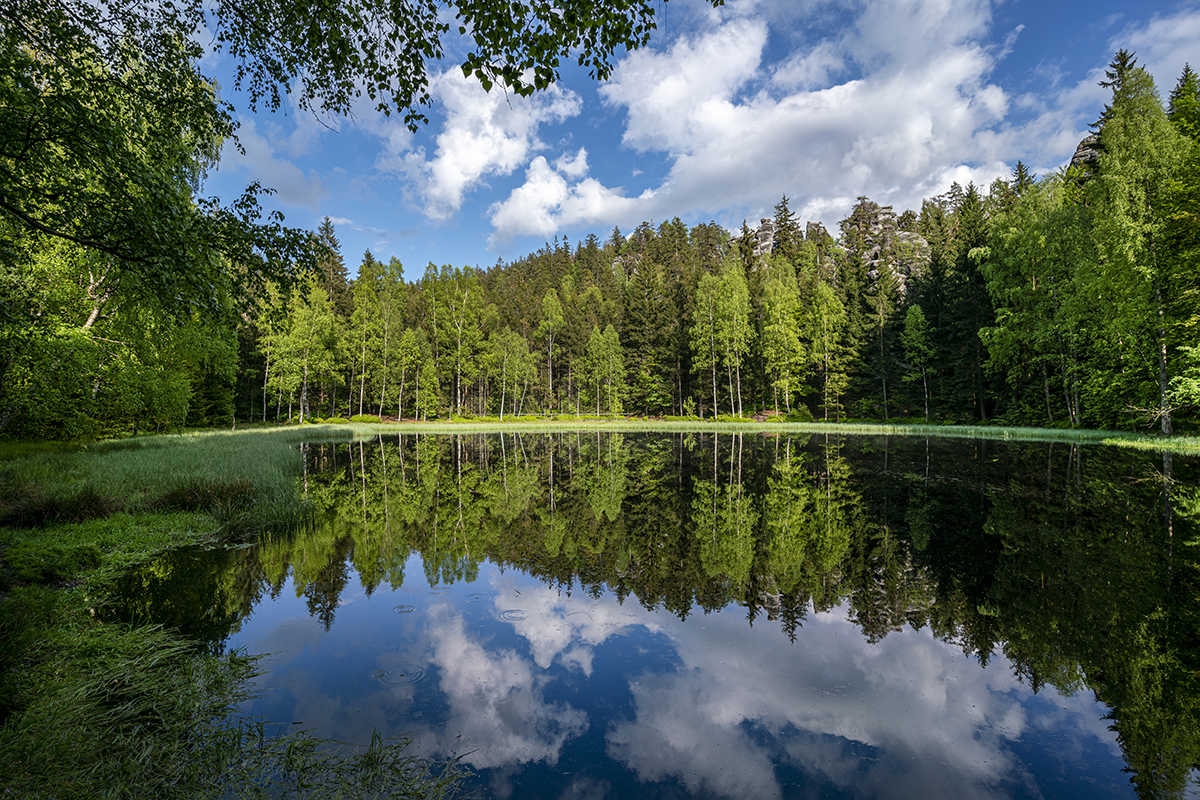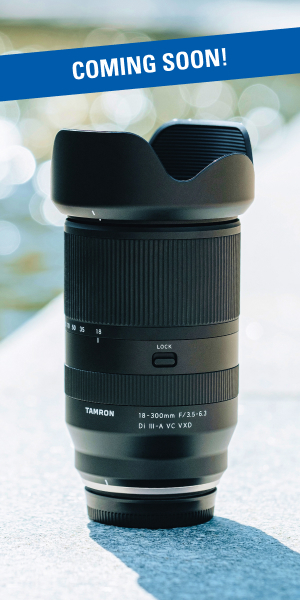Learning how to photograph reflections can dramatically elevate your photography skills, whether you’re capturing serene landscapes, bustling city scenes, or artistic portraits. Reflection photography is a powerful creative tool that adds symmetry, depth, and visual intrigue to your images. From shimmering puddles and tranquil lakes to mirrors and glass surfaces, reflective elements are everywhere—if you know how to look for them.
Whether you’re just starting out or looking to refine your skills, mastering the art of photographing reflections involves using the right gear, techniques, and a creative eye. With the right lens—especially a wide-angle lens—and techniques like long exposure and polarizing filters, you can create visually stunning and impactful images.
What You’ll Learn in This Article:
- How to use symmetry and composition to enhance reflection shots
- Why wide-angle lenses are ideal for capturing mirrored scenes
- Tips for using long exposure and polarizing filters for better reflections
- Creative ways to find and use reflective surfaces beyond water
- Recommended Tamron lenses to improve your reflection photography
Find Reflections in Unexpected Places

Reflections appear frequently in the most stunning landscape photographs, but they aren’t just limited to lakes and mountains. In urban photography, reflective surfaces like windows, puddles, metal panels, or even rain-soaked streets can become your canvas. Don’t overlook unconventional reflective surfaces such as:
- Mirrors and tiled walls
- Wet pavement or car windows
- Shiny floors or countertops
- Smartphone or tablet screens
Look for opportunities where the subject and reflection can be captured together, creating a striking visual balance.
Gear and Lenses That Help You Capture the Shot

If you want to learn how to photograph reflections better, a wide-angle lens can be your best tool. It allows you to frame both your subject and its reflection fully, enhancing the overall impact of the image. Tamron offers a range of high-performance wide-angle lenses that are perfect for this:
These lenses are compact, lightweight, and deliver edge-to-edge sharpness, ideal for incorporating both subject and environment in your frame. They help emphasize scale and depth, especially when capturing reflections in natural or architectural scenes.
To elevate your reflection shots further, consider these accessories:
- Polarizing filters: Reduce glare and enhance contrast/saturation.
- Neutral density filters: Help with long exposure in bright conditions.
- Tripod: Essential for sharp images during long exposures.
Master Techniques for Symmetry and Long Exposure

Great reflection photography often leverages symmetry. When you align your composition to create a mirror image, you introduce a strong sense of balance and harmony. Whether you’re photographing buildings, people, or trees, positioning the horizon line in the center can maximize the symmetrical effect.
In addition, long exposure photography transforms moving water into a glass-like surface, making reflections clearer and dreamier. This is particularly effective during sunrise or sunset, or in shaded locations. Use slower shutter speeds, a tripod, and ND filters to perfect this method.
Conclusion: Reflect the World in a New Way

Now that you know how to photograph reflections, it’s time to experiment with your environment. From city streets to mountain lakes, reflection photography gives you endless creative potential. Combine thoughtful composition, the right Tamron wide-angle lens, and a few technical techniques, and you’ll be capturing breathtaking images that go far beyond the ordinary.
Explore Tamron’s full line of wide-angle lenses at an authorized Tamron dealer in your area or visit the TAMRON Store today creating captivating images that showcase the beauty of mirrored surfaces!
More Photo Tips | Watch Videos | Learn More About Tamron Lenses | Photo Gallery

